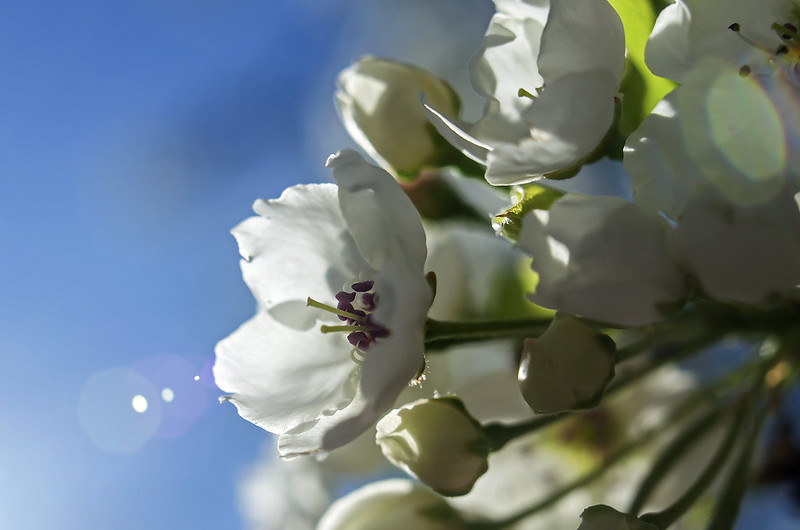
Illinois' Matthiessen State Park packs plenty of scenery in its mile-long upper and lower dells trail. At least seven waterfalls wait for exploration in this narrow canyon covered by trees from the woods above.
The largest pool of water is the Devil's Bathtub, just below a cascade of two waterfalls. (pictured above) A few meters beyond is Lake Falls, at around 35 feet tall. To walk from one to the other, visitors must step in the stream at the top of the falls to Devil's Bathtub - the stream is only two or three inches deep at this point, and perhaps 5 feet wide, so not a large obstruction.
The trail running along the top of the dells is wooded, but doesn't offer too many views of the canyon below, however, there are a few points leading down to the dells if one prefers not to walk in the often muddy trails along the stream.
Less crowded than it's larger sister, Starved Rock State Park, Matthiessen offers quite a bit of interesting scenery not found in too many places in Illinois.


























